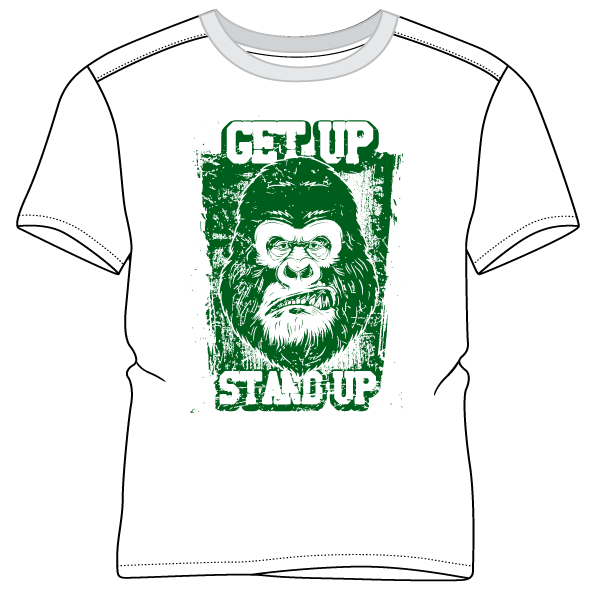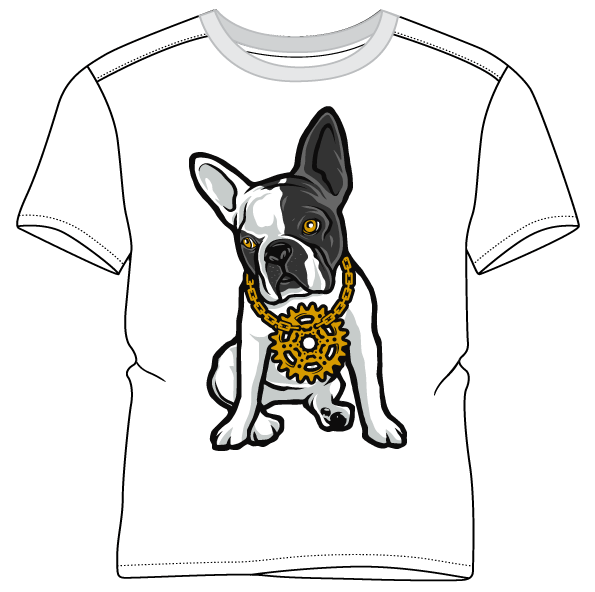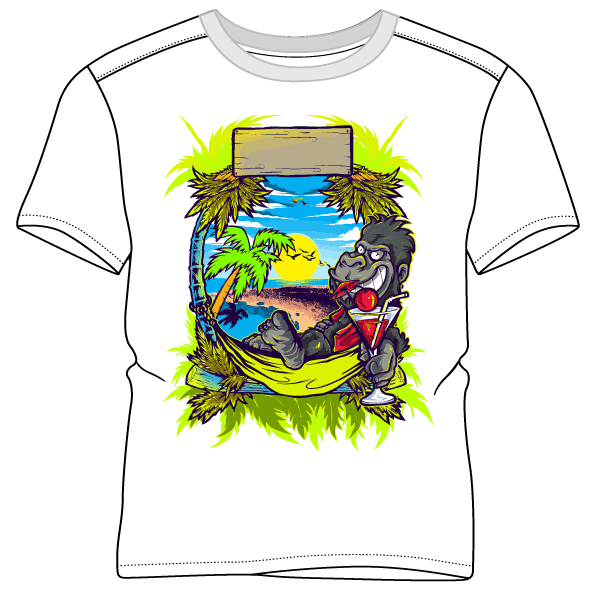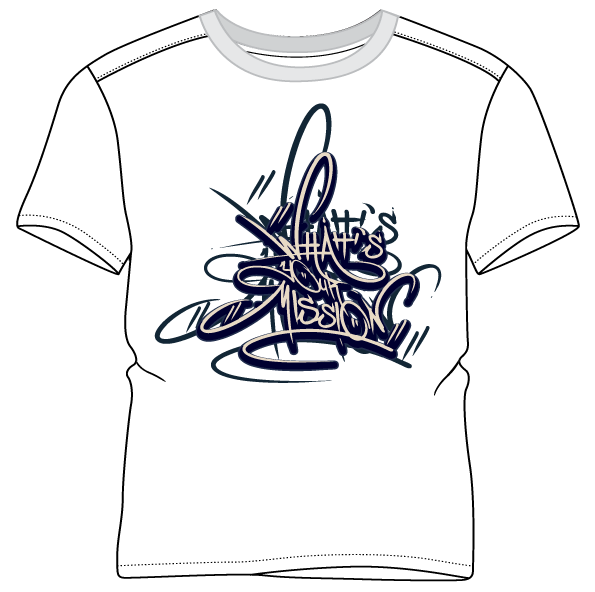Table of contents
A Canva shirt design is more than just an image on fabric — it’s an expression of creativity, identity, and entrepreneurship. In today’s digital age, creating custom t-shirts has evolved from a hobby into a thriving online business opportunity. Platforms like Canva make it easy for anyone, regardless of design background, to craft professional and eye-catching shirts that can sell worldwide.
Whether you’re an artist looking to monetize your designs, a small business owner wanting to expand your brand, or simply someone exploring new side hustles, turning your Canva shirt design into a profitable online business is within your reach. This guide will walk you step by step through how to create, market, and sell your t-shirt designs effectively.
Why Canva Shirt Design Is Perfect for Online Businesses
Canva’s user-friendly interface and vast library of templates make it ideal for beginners and professionals alike. Unlike expensive graphic design software, Canva offers a simple drag-and-drop editor, allowing you to bring your shirt ideas to life without technical experience.
A Canva shirt design gives you flexibility — you can easily adjust fonts, colors, layouts, and images to suit your brand. Whether you’re designing for a niche audience (like pet lovers or gamers) or a broad market (such as motivational quotes), Canva helps you quickly test ideas and launch products faster than traditional methods.

Key advantages of Canva shirt design for online sellers:
- Ease of use: No design background required.
- Affordable tools: Canva’s free and pro plans fit any budget.
- Diverse templates: Thousands of ready-made t-shirt templates to customize.
- Scalability: Designs can be easily repurposed for hoodies, tote bags, and mugs.
- Integration: Compatible with print-on-demand platforms like Printful, Redbubble, and Etsy.
Step 1: Mastering the Basics of Canva Shirt Design
Before you start selling, it’s crucial to master the design process itself. A well-crafted Canva shirt design should communicate a clear message, look visually appealing, and connect emotionally with your target audience.
Here’s how to get started:
- Choose a Canvas Size:
Start with a standard t-shirt print area, typically 4500×5400 pixels. Canva allows you to set custom dimensions easily. - Pick a Design Theme:
Think about your audience — are you designing funny shirts, motivational quotes, or artistic illustrations? Your theme should reflect your niche. - Use Bold, Readable Fonts:
Typography plays a huge role in shirt design. Canva’s text tools let you experiment with font pairings to create standout messages. - Focus on Contrast and Color:
High-contrast designs (like white on black or bright colors on dark shirts) tend to catch the eye and print well on fabric. - Keep It Simple:
A cluttered Canva shirt design can confuse customers. Aim for balance — strong visuals and clean text placement. - Export in High Quality:
Save your final design as a PNG file with a transparent background. This format is preferred for printing.
Step 2: Choosing the Right Niche for Your Canva Shirt Design Business
Selecting a niche determines who you’re designing for and what message your shirts convey. A well-defined niche helps you stand out in a competitive market and build a loyal following.
Popular niches for Canva shirt design businesses include:
- Inspirational quotes and affirmations
- Pet lovers (dogs, cats, exotic animals)
- Fitness and wellness themes
- Hobbies and professions (nurses, teachers, gamers)
- Seasonal and holiday-themed shirts
- Pop culture and memes
When brainstorming ideas, think about your passions and the communities you belong to. Your enthusiasm for a topic will reflect in your designs and attract buyers who share the same interests.

Step 3: Testing and Refining Your Canva Shirt Design
Before launching your full collection, test your Canva shirt design on different platforms or among small focus groups.
Tips for refining your designs:
- Use mockups: Canva’s mockup feature or free mockup generators can show how your design looks on real shirts.
- Ask for feedback: Share prototypes on social media or among friends to gauge reactions.
- Check print quality: Upload your design to a print-on-demand platform and order a sample to ensure color accuracy and sharpness.
- Stay current: Update your designs regularly to reflect trends and seasonal changes.
This process helps you refine your products before spending money on ads or bulk inventory.
Step 4: Setting Up Your Online Store
To turn your Canva shirt design into a profitable business, you need a digital storefront. The good news is that many platforms cater to t-shirt entrepreneurs, each offering different benefits.
Top platforms for selling Canva shirt designs:
- Etsy: Perfect for handmade and custom-designed shirts. Ideal if you want to reach customers who appreciate creativity.
- Shopify: A robust platform for building a professional store with full branding control.
- Redbubble or Teespring: Excellent for beginners who want to sell designs without handling printing or shipping.
- Amazon Merch on Demand: Allows access to Amazon’s massive customer base with no upfront costs.
- Printful or Printify: Integrate easily with Canva and Shopify for a seamless print-on-demand workflow.
When setting up your store, focus on branding. Use consistent colors, fonts, and a logo that reflect your Canva shirt design aesthetic. Clear product photos, detailed descriptions, and customer reviews also build trust and credibility.
Step 5: Pricing Your Canva Shirt Design for Profit
Pricing is both an art and a science. If you price too low, you risk undervaluing your work; too high, and customers might hesitate to buy.
Here’s how to price effectively:
- Calculate costs: Factor in printing fees, shipping, transaction fees, and marketing expenses.
- Set a profit margin: Aim for a margin of 25–40% depending on your platform.
- Offer discounts strategically: Run limited-time promotions or bundle offers to encourage bulk orders.
- Monitor competitors: See what other sellers in your niche charge for similar Canva shirt designs.
Remember — customers are willing to pay more for quality and originality, so emphasize those aspects in your listings.

Step 6: Promoting Your Canva Shirt Design Online
Even the best Canva shirt design won’t sell itself without effective marketing. Promotion builds visibility, drives traffic, and creates loyal fans of your brand.
Proven marketing strategies:
- Social Media Marketing:
Share your designs on Instagram, TikTok, and Facebook. Use short videos or behind-the-scenes posts to engage followers. - Influencer Collaborations:
Partner with micro-influencers who align with your brand’s niche. Offer them free shirts in exchange for shoutouts or photos. - SEO Optimization:
Use keywords like “Canva shirt design,” “custom t-shirts,” and “print-on-demand shirts” in your product titles and descriptions. - Email Marketing:
Collect emails from customers and send updates on new designs, discounts, or seasonal drops. - Paid Ads:
Use Facebook or Google Ads to target people interested in your niche. Start with small budgets to test campaigns. - Join Online Communities:
Engage in Facebook groups, Reddit threads, or forums related to your target audience. Subtle self-promotion can go a long way.
The key is consistency. Post regularly, respond to comments, and treat your marketing as an ongoing conversation with your audience.
Top 10 Tee Printing Techniques: From Screen Printing to Direct-to-Garment (DTG)
Step 7: Scaling Your Canva Shirt Design Business
Once you start generating consistent sales, it’s time to scale. Scaling means expanding your product range, automating operations, and increasing profits without adding too much manual work.
Ways to scale your business:
- Expand your product line: Turn your Canva shirt design into hoodies, tote bags, mugs, and stickers.
- Build a brand identity: Create a memorable logo, color palette, and tone that customers recognize.
- Use analytics: Track sales data and customer behavior to refine your offerings.
- Automate workflows: Use tools that handle order fulfillment, customer emails, and inventory updates automatically.
- Collaborate with other creators: Partner with designers or influencers to co-launch exclusive collections.
Remember — growth doesn’t mean rushing. Focus on quality, customer satisfaction, and staying authentic to your brand.

Common Mistakes to Avoid in Canva Shirt Design Businesses
Many beginners make avoidable mistakes that can slow down their success. Awareness of these pitfalls helps you stay ahead.
Avoid these errors:
- Using copyrighted images: Only use royalty-free elements in Canva or upload your own artwork.
- Overcomplicating designs: Simple, bold designs tend to sell better.
- Ignoring trends: Keep an eye on what’s popular in your niche.
- Neglecting customer service: Respond promptly to messages and complaints.
- Skipping quality checks: Always test-print before launching new designs.
A disciplined approach ensures your Canva shirt design business remains sustainable and profitable long-term.
Conclusion: Your Canva Shirt Design Journey Starts Now
Building a profitable online business from your Canva shirt design is not just possible — it’s achievable for anyone with creativity, patience, and strategy. Canva empowers you to design professional-quality shirts without the steep learning curve of traditional design software. Combined with the accessibility of print-on-demand platforms, you can start selling globally with minimal upfront investment.
The key is to treat your designs as products with purpose. Understand your audience, create meaningful visuals, market consistently, and reinvest in improving your craft. Every successful online t-shirt brand started with one great idea — and your Canva shirt design could be the next big thing.
🌟 Ready-to-Use T-Shirt Designs — Free, Open-Source, and Totally Yours! 🌟